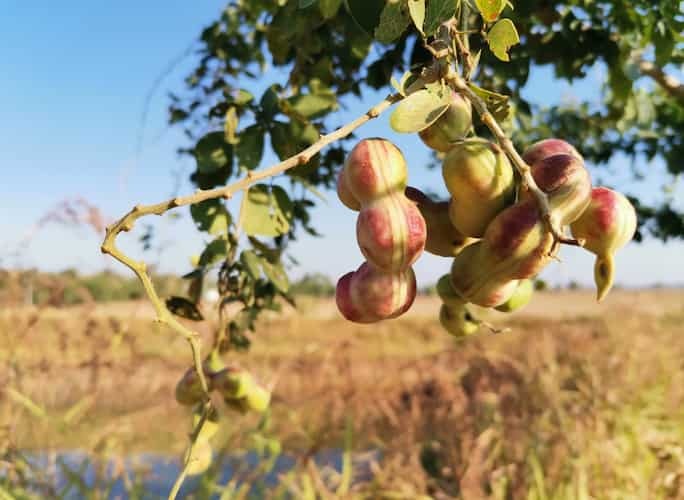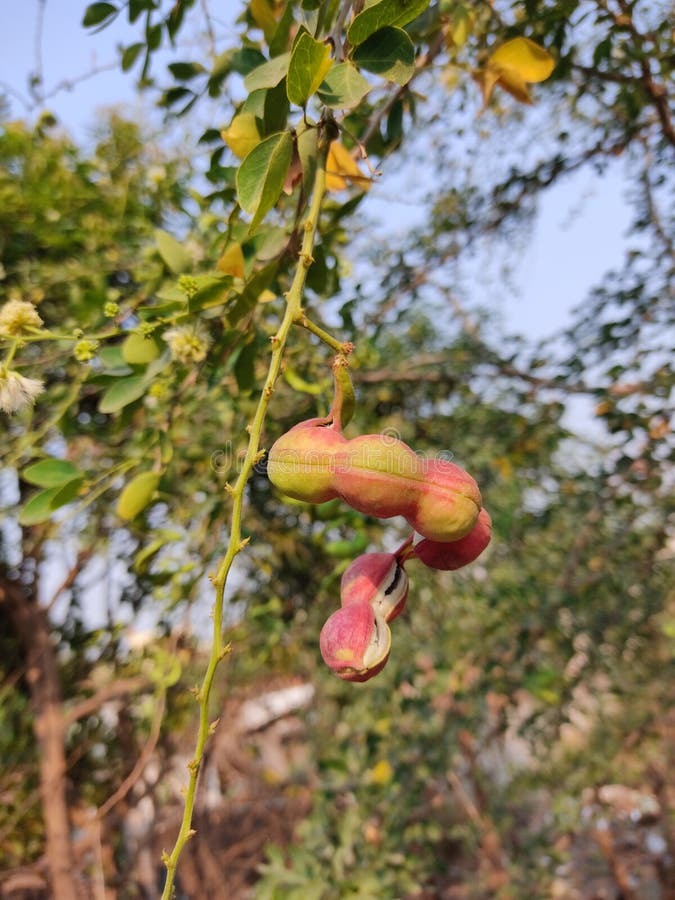 Image Credit: Canva
Image Credit: Canva
A stroll to the local fruit and vegetable markets in India can be a great learning experience, as you may come across new ingredients that you have never seen or known. Or sometimes it can be a pleasant surprise to chance upon certain nutritious vegetables or fruits that you probably remember eating while growing up but never saw in the stores after. One such fruit that’s not commercially sold and remains largely in the hands of street vendors and local markets is jungle jalebi, or Madras thorn.
It is a summer fruit from an evergreen tree that’s scientifically called Pithecellobium dulce and belongs to the pea family. It is native to Central America and was introduced to India centuries ago. In English, it is commonly known as the Manila tamarind, Madras thorn, or monkeypod tree. This tree thrives in tropical climates and is known to sustain droughts and poor soil conditions. In India, the jungle jalebi can be found in Tamil Nadu, Karnataka, Maharashtra, West Bengal, Kerala, Andhra Pradesh, and Delhi.

While the ripe pulp of jungle jalebi fruit can be eaten as is, in parts of south India like Tamil Nadu, Karnataka, and Andhra Pradesh, it is also used in the preparation of many dishes like raita, tomato-based curry, stir-fry with sliced onions and curry leaves, or in a juice with lemon and sugar. The stir-fry and curry can be paired with rice or roti for a complete meal. The fruit, on its own or in a dish, is light on the stomach, refreshing for the palate, and provides a good amount of energy, making it a great addition to your summer diet.
 Image Credit: Canva
Image Credit: Canva
The texture of the jungle jalebi pulp is spongy, can soak up other flavours, and has a light crunch to it. The seeds, when tender and green, are used in a curry preparation along with other vegetables. But when they are completely ripe, hard, and black, they are used to extract oil for medicinal purposes.
That’s right! These twisted pods are powerhouses of nutrition, while the seeds and bark of the tree are used for medicinal purposes. Jungle jalebi contains good amounts of calories, protein, and dietary fibre, along with vitamins B and C, calcium, phosphorus, and iron.

The presence of vitamin C and phosphorous helps maintain good bone and skin health. The fibres are great for a good dose of energy, regulating appetite, and enhancing digestion efficiently, while the antioxidants help maintain good gut health. Additionally, the antimicrobial and antioxidant properties of these sour fruits help to treat mouth ulcers.
 Image Credit: Canva
Image Credit: Canva
It is said that the bark of the Madras thorn tree is traditionally used to treat diabetes and the seed oil for ulcers. That said, it is always best to consult your healthcare provider before trying any of these remedies without guidance.
And as far as the jungle jalebi fruit is concerned, it is best to consume it in moderation when you spot it in the market or on a street vendor’s bicycle, as too much of anything can do more harm than good. On that note, if you can get your hands on jungle jalebi this summer, don’t miss a chance to give this nutritional fruit a healthy shot!





